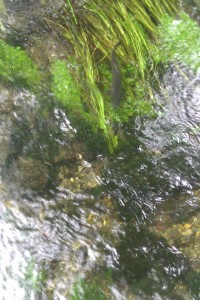I am continually in awe of chalk rivers. Their clarity, purity, and seeming abundance of water and life. As this is my first blog for Terra Firma, I thought I’d write about something elemental, something I’ve really appreciated since moving to Hampshire.
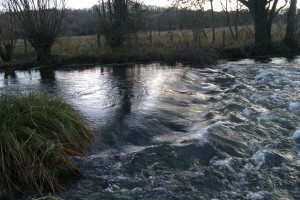
There are only about two hundred chalk rivers in the world, and I am fortunate to live within short walking distance of one of them: the Itchen. In fact, the bit I have access to is the point at which it makes a dramatic turn from the east to head south towards Southampton Water. It is speculated that this very bend was followed on one of King Edward I’s (1239-1307) journeys to Alresford from Winchester as his preferred route via Kings Worthy. Though I note with sadness how different this riverscape is today with a dual carriageway but metres from its banks, and how different the place sounds and feels because of it… I digress, however…
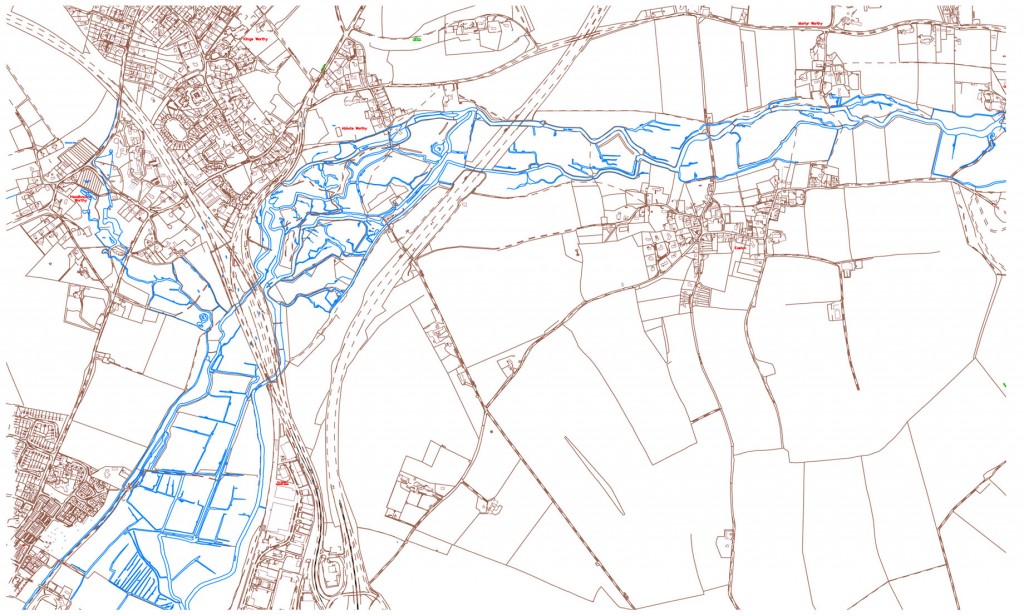

So what’s with the chalk? This is not an essay on the formation of chalk rivers but rather an enthusiastic look at the history of one of their fundamental elements. I’m sure some of you reading this know it already, but the story of chalk – I’m talking deep time here – is incredible. Bear with me!
The river beds of these fantastically clear waters with a unique ecosystem still present today are result of earth movements, glacial epochs, great climactic shifts and the rising and falling of sea levels over millions of years. These geological and climactic events created a great belt of chalk downland – a bed of fossilised marine creature deposits over said millennia – once linked to the continent, a kind of enormous chalk highway sweeping across what we now call ‘Britain’, ‘Kent’, ‘Dover’ and its white cliffs, ‘Calais’, and so on. And it really was a highway. Animals and humans have followed its super rich path for grazing, for flint and tool-making, hunting and gathering since time immemorial.
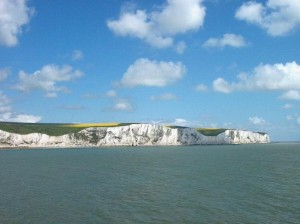
Then water made us into an island over time as glaciers melted, while our travels to and from the continent continued – one of the first human journeys by boat between these isles and the continent dates back to the Bronze Age (an example of one of those boats may be seen at Dover). The start of a naval tradition? It would seem so. But these journeys began on foot, on the great chalk route, a solid south-facing escarpment of often dry yet fertile land. Humans were able to survive, explore and invent in great part thanks to it. These journeys following the chalk continue on through our miniscule window of time, taking different forms, from the exchange of goods to spiritual pilgrimages…
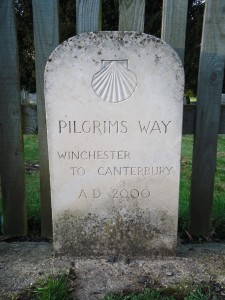
And so we return to our chalk riverbanks as they are today, treading recreational paths – and sometimes in pilgrimage still – in often unconscious admiration of the work that it took this living planet millions of years to create and where life may thrive if only we will let it.
